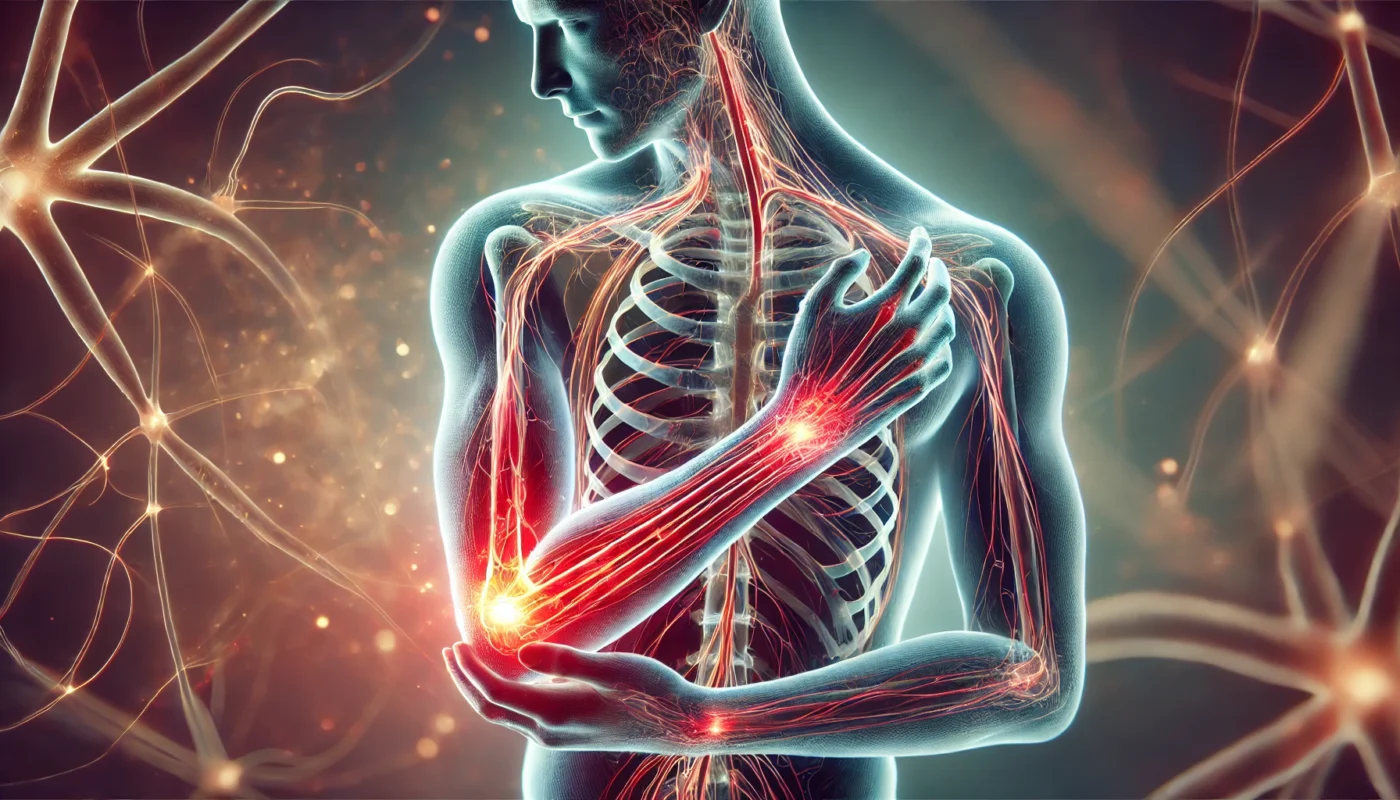The concept of inflammation has been around since ancient times, with the Roman writer Celsus first describing the “cardinal signs” of inflammation: heat, redness, swelling, pain, and loss of function. Each of these signs serves as a vital communication tool, indicating how the body is responding to injury or infection. Let’s delve into each of these five cardinal signs, explore their significance, and discuss how they can guide us in managing inflammation holistically.
Tag Archives: chronic pain
In the ever-evolving landscape of healthcare, a growing number of individuals are seeking more comprehensive and integrative approaches to their well-being. Enter the realm of holistic primary care physicians—medical professionals who prioritize the treatment of the whole person rather than focusing solely on symptoms or specific diseases. This article delves into the benefits of engaging with a holistic primary care physician, emphasizing the importance of whole-person care and how it can transform your health journey.
Acupuncture, a practice rooted in Traditional Chinese Medicine (TCM), involves the insertion of fine needles into specific points on the body to promote healing and alleviate pain. This ancient technique is gaining recognition in the modern medical community for its effectiveness in managing pain. By harmonizing the body’s energy and addressing deeper imbalances, acupuncture can offer profound benefits beyond mere symptom relief.
Back pain can arise from various factors, including muscle strain, poor posture, underlying medical conditions, or even after surgery. Understanding the root cause is crucial for choosing the appropriate natural remedy. For those recovering from surgery, gentle approaches that promote healing are essential, while chronic sufferers might benefit from lifestyle adjustments and consistent natural therapies.
Before embarking on the journey of natural relief, it’s essential to grasp the intricacies of fibromyalgia. This syndrome affects approximately 2-4% of the global population, predominantly women. The exact cause remains unknown, but it’s believed to involve a combination of genetic, environmental, and psychological factors. Symptoms can vary, but common complaints include chronic pain, sleep disturbances, and cognitive difficulties, often referred to as “fibro fog.”
Fibromyalgia is often misunderstood and misdiagnosed due to its complex nature. It affects approximately 2-4% of the population, with a higher prevalence in women. The symptoms include persistent pain, sleep disturbances, cognitive difficulties (often referred to as “fibro fog”), and emotional distress. Diagnosing fibromyalgia can be challenging since it shares symptoms with other conditions.
Fibromyalgia, a complex chronic pain condition, affects millions worldwide. Characterized by widespread musculoskeletal pain, fatigue, and tenderness in localized areas, it can significantly impact daily life. Among its myriad symptoms, arm pain is notably challenging, often complicating ordinary tasks. This article explores the multifaceted nature of fibromyalgia arm pain, offering insights into its causes and management strategies. Whether you’re a fitness enthusiast, health advocate, or someone living with fibromyalgia, this guide aims to provide practical insights and solutions tailored to your needs.
When it comes to managing pain, many people are turning away from conventional medications in search of more natural, holistic alternatives. Whether you’re dealing with chronic discomfort or sporadic aches, natural remedies can offer effective relief without the potential side effects associated with pharmaceuticals. In this article, we will explore some of the top natural remedies for pain relief, drawing on both traditional wisdom and contemporary scientific research.
Managing pain is an essential component of maintaining overall health and well-being. With the rising awareness of the risks associated with opioid medications, there has been a significant shift towards exploring non-opioid alternatives for pain management. This article delves deeply into the realm of non-opioid painkillers, offering insights into their efficacy, safety, and the myriad options available for those seeking effective pain relief without the associated risks.
There are several categories of OTC pain relievers, each working in different ways to relieve pain. The most common types include:










